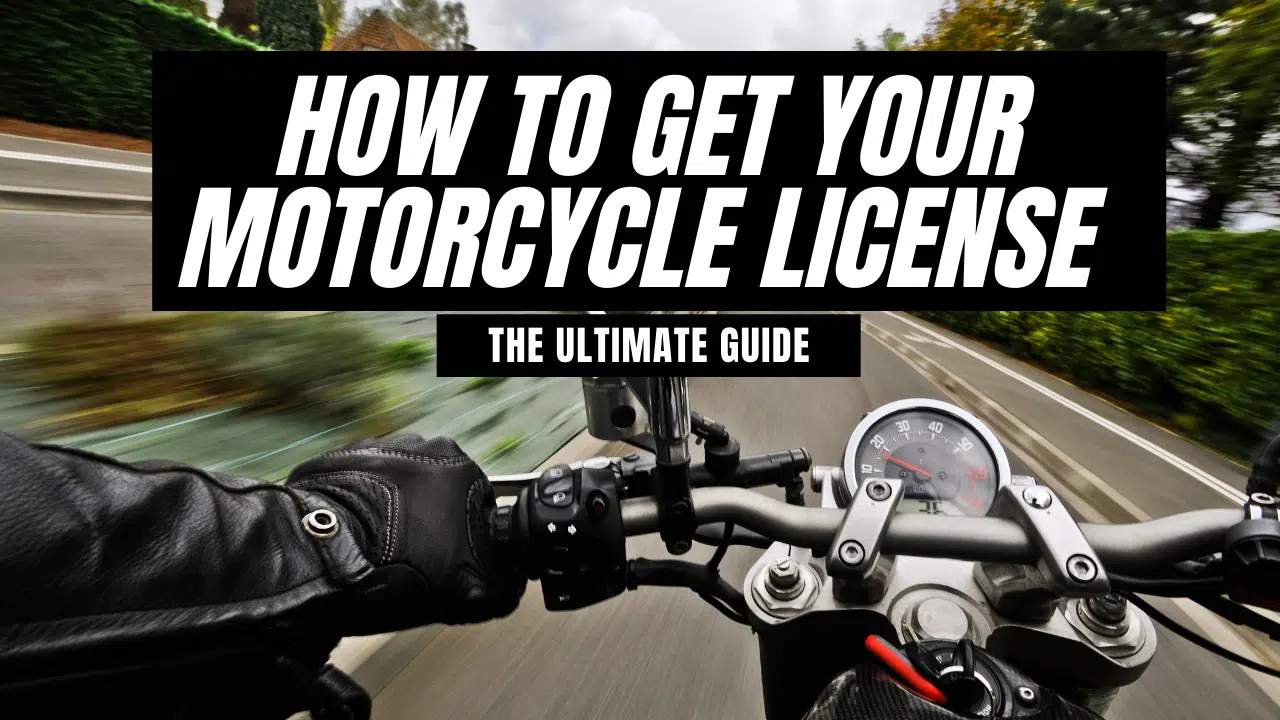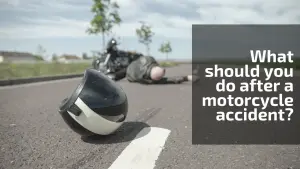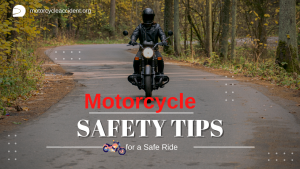If you’re thinking about getting your motorcycle license, you’re in for a treat. Motorcycling is thrilling and exciting, and it’s a great way to get around. Not to mention, it’s a ton of fun. In this guide, we’ll walk you through the steps necessary to get your motorcycle license. So read on and get ready to hit the open road!
For most people, the driver’s license is an important symbol of adulthood. It’s how you become a fully-fledged member of society. And for many, it’s how they earn their living. But how much do you know about this vital document? Have you ever wondered what makes up your driver’s license or how to get one in the first place? Here are some answers to those questions and more.
How Long Does it Take To Get a Motorcycle License?
The length of time varies from state to state on how long it takes to get a motorcycle license, but most require that you go through an application process and pass a written test and a driving test.

How Much Money Will I Spend To Get A Motorcycle License?
The cost of getting your motorcycle license also varies from state to state, but it’s typically not very expensive. You should expect to spend around $100-$200 on licensing and testing fees.
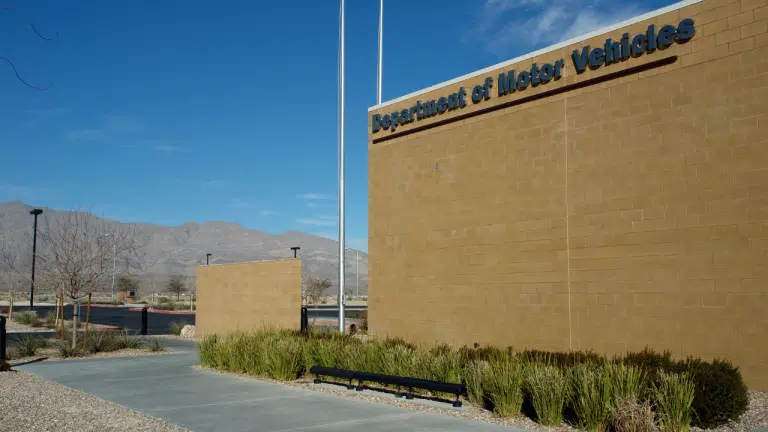
What Kind of Motorcycle License do I need?
The type of motorcycle license you need also varies from state to state. You may need a Class M license, which is the standard motorcycle license, or you may need a different type of license depending on how powerful your bike is. Make sure to check with the DMV in your area for more information.
Let’s now proceed on the steps to get your motorcycle license and start riding!
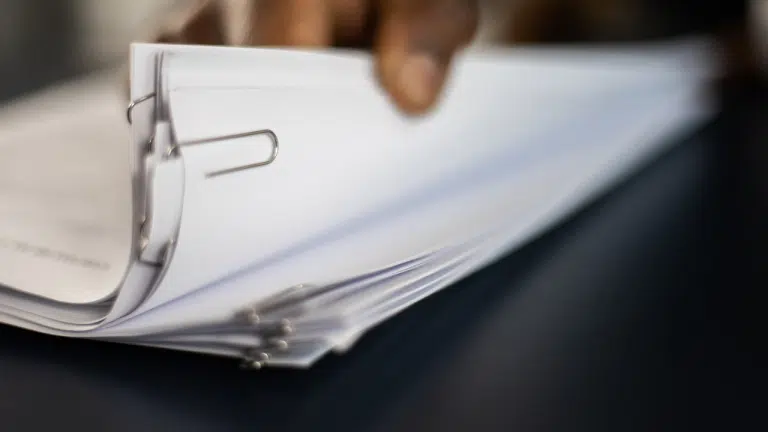
Step One:
Determine your state’s requirements. Each state has its own rules and regulations when it comes to how you can get a motorcycle license. Some states will allow you to take an online course, while others require in-person instruction from an experienced rider. You should check with the DMV office in your area for more information about the specific requirements in your state.
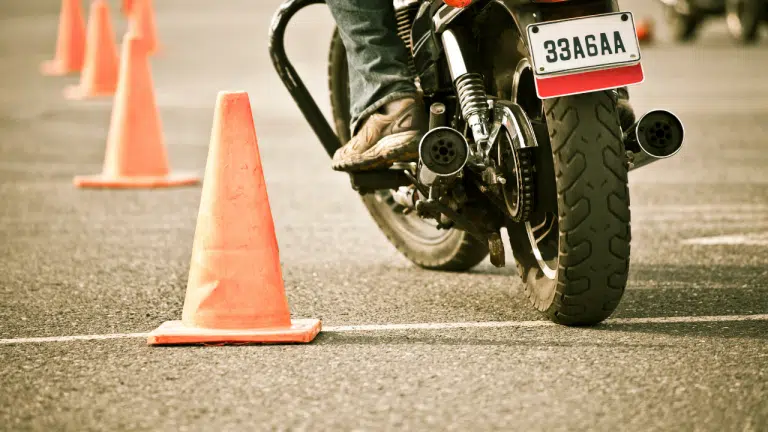
Step Two:
Take a motorcycle safety course. Even if your state doesn’t require it, it’s a good idea to take a motorcycle safety course before you try to get your license. These courses will teach you how to ride safely and how to handle different situations on the road. They’re also a great way to meet other riders and practice your skills.
Step Three:
Apply for the license. Once you’ve completed the required safety course, it’s time to apply for a motorcycle license. The application process varies from state to state, but most require that you prove residency in your current address through documentation like utility bills or bank statements.
Step Four:
Take the written test. The next step is to take the written test, which will assess how well you understand motorcycle safety and riding techniques. You must study for this part of the exam before going in because it can be challenging if you don’t know what to expect! You’ll probably have questions about how long it takes to get a motorcycle license or how much money you will spend on getting one.
It’s a lot of work to get your driver’s license. When you take the written test and complete all other requirements, it can be a year or more before you finally get behind the wheel. And some things might trip you up along the way if you’re not careful:
1) You need proof of how long you’ve been living at your current address. This could include utility bills or bank statements from within the last 60 days showing both your name and address on them. If this isn’t something that will show up in one month, put it off until then so as not to mess anything up with how quickly they process applications for new licenses.
2) You need proof of how old you are—usually two forms from different sources that show how long ago your birthday was and how old you were on it (such as birth certificates passports).
If those things don’t exist for any reason, there are other options, such as showing medical records or school transcripts. When applying for your license, you may be asked to submit one or all of these documents, so make sure they’re available before heading into the DMV office.
The written test is usually easy for most people. Still, some tricky questions can trip up even experienced drivers, like handling an emergency or how many drinks it takes before being considered legally drunk (which varies from state to state).
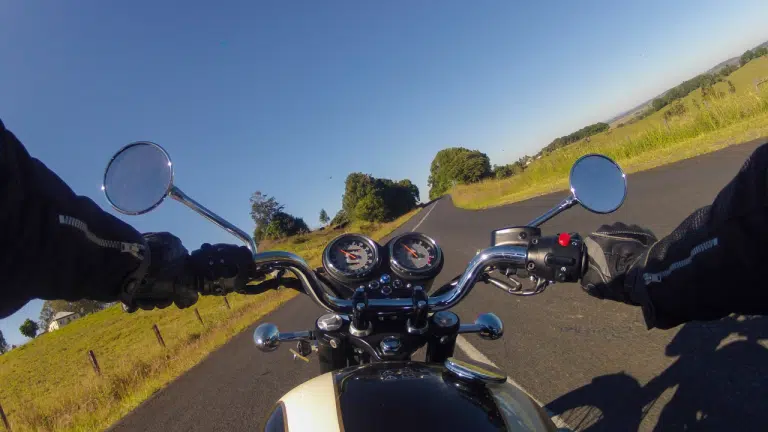
Step Five:
Take the driving test. The final step is to take your road test, an instructor evaluating how well you handle yourself while riding and how safe you are as a driver overall. This includes things like stopping at stoplights and using turn signals. If you’re nervous about the test, don’t worry – it’s perfectly normal to feel a little anxious. Just make sure to stay calm and focused when you take the test.
Some key points for success on the road test include: -Signal Mirror Over-Shoulder Go (SMOG) is how drivers signal that they are turning or changing lanes to see how fast other drivers react -Pay attention to signs with bright yellow diamonds because these indicate upcoming intersections where there may be more cars turning than at other meetings -Be aware of how much space you need to stop when there is a car in front of you; usually, it’s best to leave enough room so that your front wheel will still be on the pavement if you have to hit the brakes hard.
Once you’ve successfully completed your road test, congratulations! You’re now a fully licensed motorcycle driver. Enjoy the open road!
Even if you have your driver’s license, it’s important to be careful on the road. You never know when an emergency might happen, and you need to be prepared for anything. That’s why it’s so important to stay calm and focused when you’re driving, no matter how long you’ve been doing it. Almost every day, we hear about accidents on the road. Some are more serious than others, but the fact is that they can all be prevented by following a few simple safety tips. One of the most important things you can do to stay safe while riding your motorcycle is to wear protective gear. This includes a helmet, jacket, pants, and boots. You should also make sure your bike is in good working order and that you know how to operate it properly.
As long as you keep those things in mind, you’ll be just fine when you hit the open road on your motorcycle.
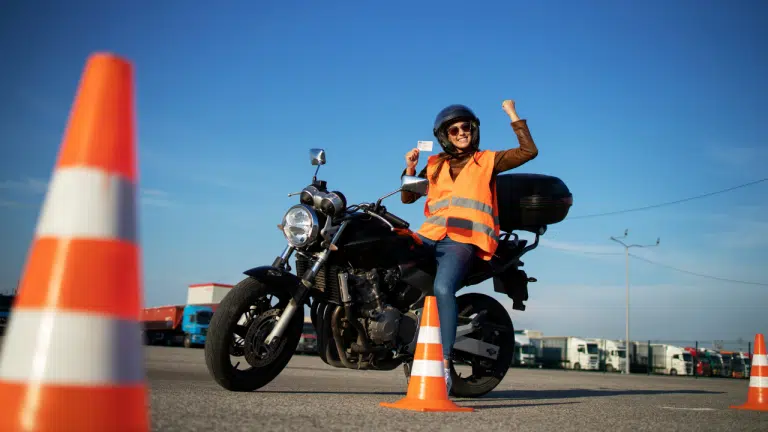
Motorcycle licenses are not the same in every state. Make sure you know what is required in your state. There are different types of motorcycle licenses: M1, M2, and M3. The skills test will be other depending on which support you get. You can take a course to prepare for the skills test. Once you have passed your skills test, you will need to pass a written knowledge test.
You should also study the Motorcycle Operator’s Manual. It may waive some of the testing requirements for getting a motorcycle license. Get familiar with the motorcycle you will be using, and always wear a helmet. It’s also important to remember that safety should always be your top priority. Make sure you are familiar with the laws in your state and practice safe driving habits whenever you’re on a motorcycle. With those things in mind, you’re ready to hit the open road!
Frequently Ask Questions
Can you buy a motorcycle without a license?
The answer to this question is no, you cannot. At least, not legally. In order to purchase a motorcycle, you must have a valid driver’s license. The same goes for financing a motorcycle. Most lenders will not approve your loan application unless you have a motorcycle endorsement on your license.
What is the easiest state to get a motorcycle license?
There is no definitive answer to this question as requirements vary from state to state. However, some states are known to have less stringent requirements than others. For instance, South Dakota only requires riders to take a written exam to obtain a motorcycle license.
Can you drive a motorcycle on a learner’s permit?
In most cases, no. A learner’s permit typically allows individuals to operate vehicles under certain restrictions. For instance, learners may be required to drive with another licensed driver in the car or may be prohibited from driving on highways. Since motorcycles are not considered cars, it is unlikely that you can drive one with a learner’s permit.

